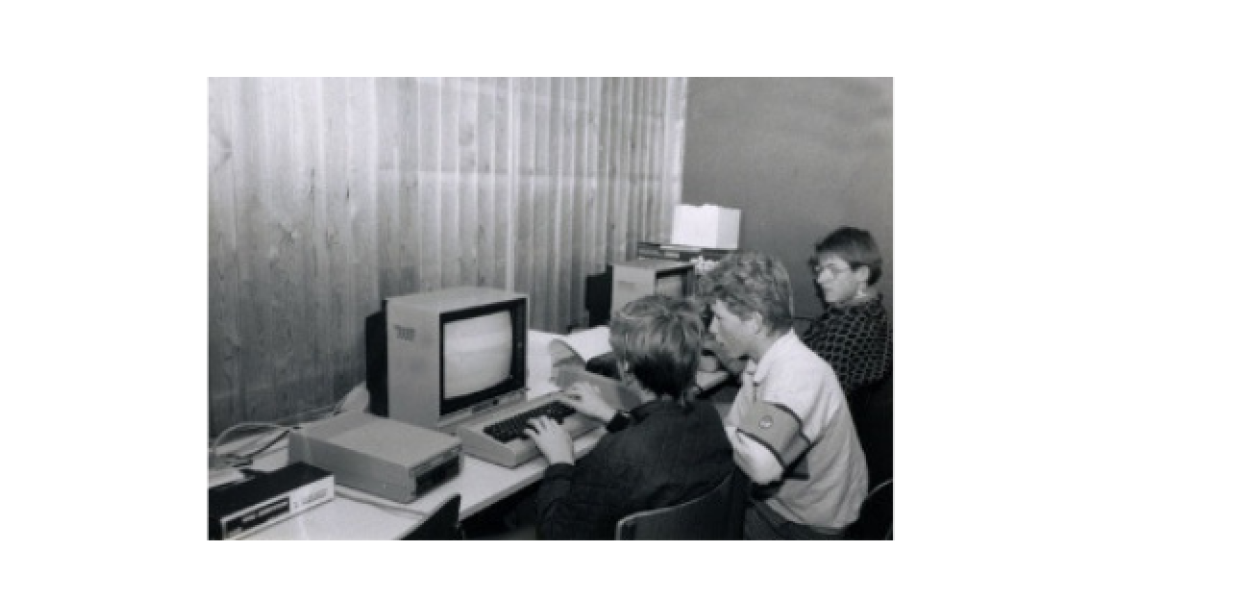Reducing costs and increasing development productivity through CMS outsourcing
Europeana Collections is in an exciting new phase of development. In this article, we’ll cover how we’re using new technologies to make better use of our resources and time.
Europeana Collections has been developed to support a growing need for better access to cultural heritage content in multiple formats. Our audiences want a range of ways to search and discover content within our ever-growing corpus, from searching and browsing to discovery through editorially curated material. As with any project of this kind, as functionality and systems are added, technical debt - the time spent on maintenance - increases. Europeana Collections is currently powered by three content management systems (CMS), with two front-end applications. It has made us ask the question: How can we refocus our efforts and spend less time on administration and maintenance, and more time on building a great front-end experience?
Over the past three months, our development team of three has focussed on the goal of simplifying our technical stack, in order to reduce and automate where necessary to allow us to focus our time into providing a great user experience.
Going headless
CMSs have evolved from being tightly coupled and highly controlling over the front-end output, to being disconnected and accessible via APIs which allows the client to display the content as they wish. For the updated Europeana Collections website, we’re moving to a headless CMS - a CMS which has no direct coupling with the front-end and makes the content available via an API. We carried out a lot of research to decide on a system both suitable for our rich editorial content and able to work with the APIs that surface cultural heritage objects from our collection. We chose Contentful to deliver this experience. As a headless CMS, Contentful will store all of our editorial content including blogs, exhibitions and galleries. Flexible content modelling allows us to output the content exactly as we wish, not just as the CMS dictates. Quite crucially for us, with a corpus upwards of 50 million items, it allows us to dynamically pull content into the CMS so that we can build curated and automated pages exactly as we wish.
Flexible modelling
Contentful works on very flexible content modelling, not restricting us to ‘Page’ or ‘Post’ as per traditional CMS, but allowing us to decide what we want to model. Where we currently have a different CMS to support blog posts, exhibitions and galleries, we can treat all of these formats as different content models in Contentful. These are then available for us to retrieve from the Contentful API and display on the front-end.
The major benefit for us is that we go from maintaining three CMS to maintaining no CMS, instead focussing on a front-end and back-end application that renders this data.
What we’ve saved and gained
Through the usage of the Contentful headless CMS, we’ve saved months in development time and trying to adapt a CMS which solves our problems. We’ve been able to flexibly model the content without having to do any coding whatsoever. It’s meant that in mere weeks we’ve been able to create a nearly complete website and CMS.
We’ve already begun training staff internally on how to curate pages with the CMS, which has been picked up with ease. Not needing to focus on building a great experience for staff and editors has meant we’ve been able to dedicate all of our focus on building a great user-facing portal.
In the coming months, you’ll be able to see the results of our effort as we begin to release improvements to our existing products.

